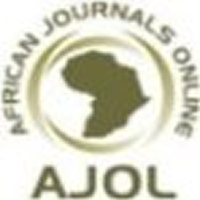
Home >>
ABSTRACT
Since the philosophers of language launched a debate into the nature of vagueness and ambiguity a
century ago, various scholars have engaged the subject with varying interests, commitments and
outcomes on the appropriate theory and practice for the investigation of words, phrases and
expressions which are ‘fuzzy’, ‘obscure’, ‘vague’, ‘ambiguous’, and which fall within the regions of
‘borderline cases’. These debates have dominated discussions in philosophy until recently when
linguistics started taking the subject seriously and then bringing it under the broader linguistic
structure to account for the phenomena in natural languages. This study sets out to examine vagueness
and ambiguity in print media advertisements used to promote ideas, products and services. Adopting a
semantic-based approach, the study concludes that vagueness and ambiguity are used in ignorance, by
mistake, by accident or on purpose in print media advertisements primarily to mislead, to confuse, to
entertain, to hedge truth, to persuade, and to make certain ideas, products and services appear
plausible or more plausible than they really are in defiance to the prevailing ideology of clarity and
openness in public communication theory and research. The study, therefore, suggests the elimination
of vague and ambiguous properties from print ad messages since every language has all the linguistic
resources required to specify any meaning or reading. 







